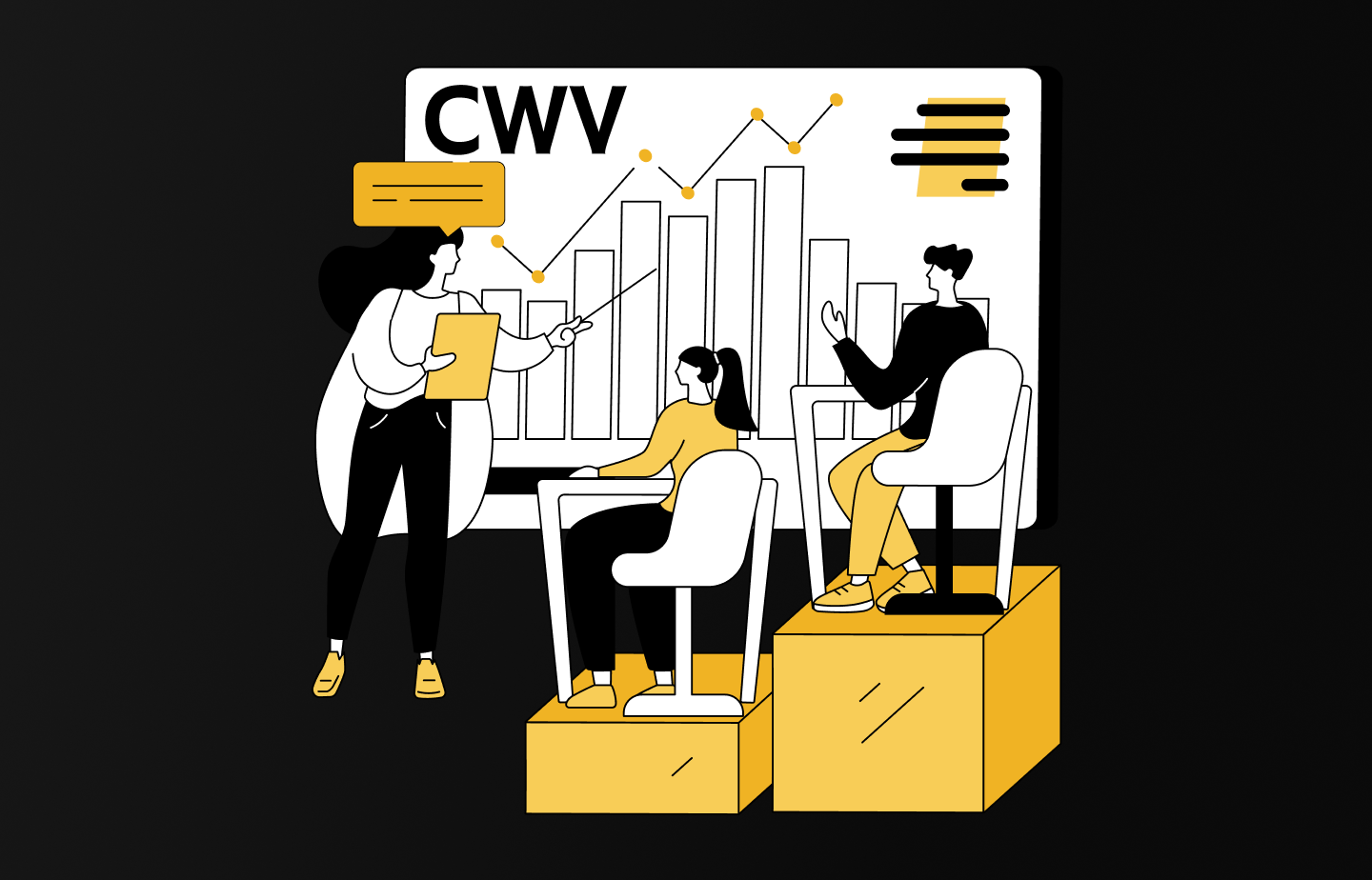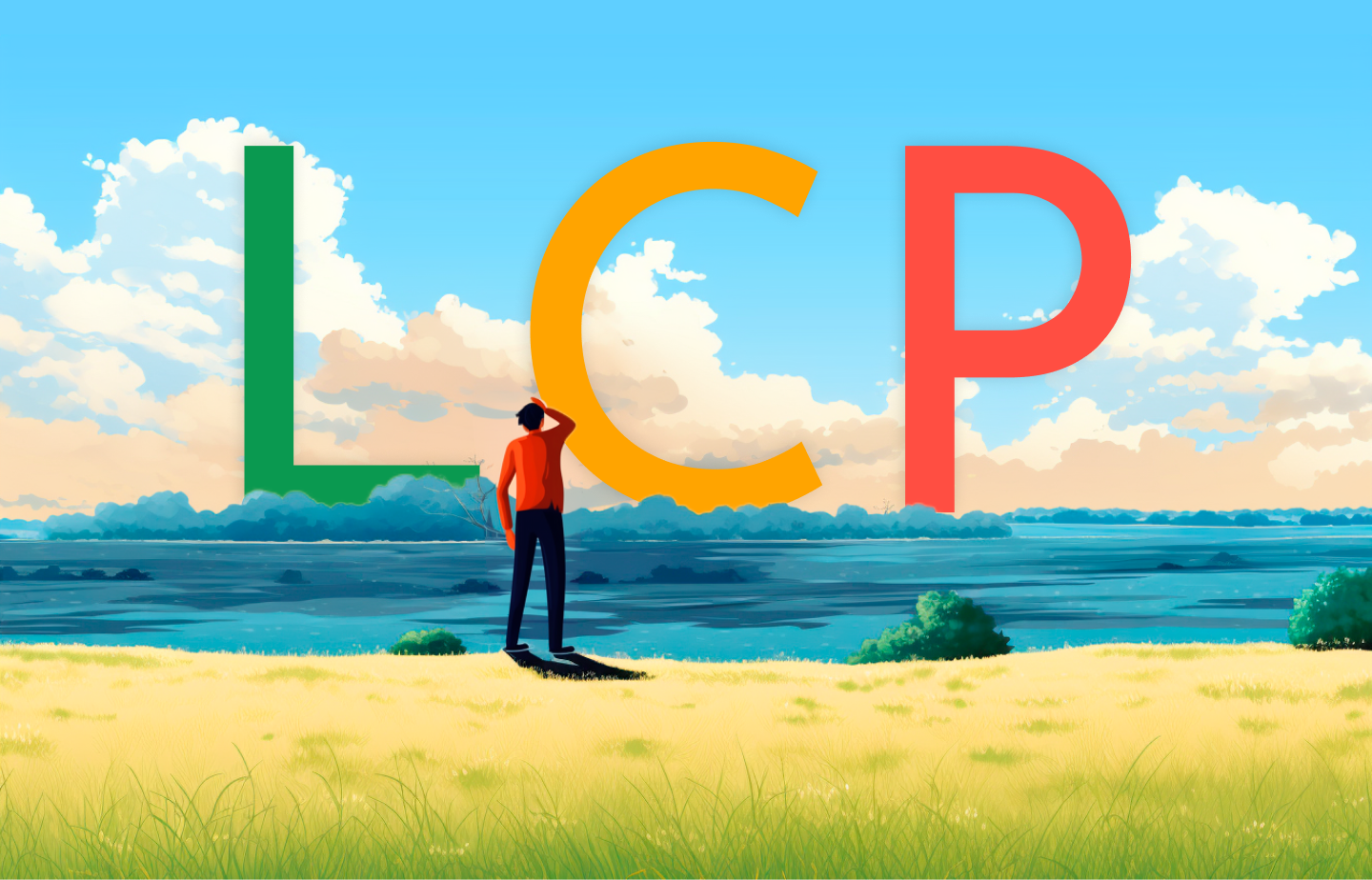In a shocking turn of events, Core Web Vitals (CWV), the lifeblood of a website’s user experience, has been fiercely injured, leading to the demise of organic traffic and crucial metrics. This heinous act carries significant consequences, as CWV directly impacts search engine rankings and user engagement. As investigators delve into the case, three possible culprits emerge: Owen the Web Developer, Bill from Marketing, and even Google itself. Each suspect points fingers at the others, creating a complex blame game. Unraveling this mystery is crucial, as understanding the factors behind CWV fluctuations can help prevent future drops and ensure a seamless user experience. Let us embark on this investigation to expose the truth and safeguard the integrity of CWV and your website performance.
Suspect 1: Owen the Web Developer
“Hey, how come I’m a suspect? The last time I even changed the code was weeks ago!” Owen defended, which is why he’s on our suspect list in the first place.
We have to establish that it takes several weeks for any changes you make on your website to reflect on your CWV scores. The Chrome User Experience Report (CrUX) calculates CWV scores based on the upper percentile (75%) of the last 28 days of user traffic on your website.
Therefore, this delay can create the illusion that your CWV scores have “broken on their own” when in reality, they are just now factoring in something that was added to the website’s source code weeks ago.
What kind of changes did you make, Owen?!
Wait, maybe it’s not something that Owen did, maybe it’s something he didn’t do. To be fair, changing something in the code doesn’t always have to reflect negatively on your CWV after the 28-day mark. Another possible cause is if Owen, or the rest of the development team, failed to track the Largest Contentful Paint (LCP) and Cumulative Layout Shift (CLS) numbers, which is a good indicator of an upcoming issue because they were only checking if the URLs are green, yellow, or red.
You can monitor CWV scores through Page Speed Insights (PSI) to get specific site scores in LCP and CLS. If you are unable to anticipate an issue, it may appear as though the vitals broke on their own.
Suspect 2: Bill from Marketing

If it’s not Owen or the other devs, it’s most probably this guy Bill, the Content Editor from the marketing department.
“Hey, leave me out of this,” Bil tells us off, “what even makes you think that I have anything to do with this when it’s the devs who run and maintain our website?”
Now that’s a really good question from Bill and he actually has a point–except that we found out that he has some access to tools that can directly impact the CWV.
“I heard you talking about adding a new pop-up and widgets the other day!” Owen pointed out, and he told us that Bill was regularly adding large images to the website. These seemingly harmless marketing initiatives usually don’t need to go through the standard development workflow, but when done wrong, they can lead to significant LCP and CLS delays and will eventually make the CWV drop.
Suspect 3: Google itself (are you sabotaging us?)

If neither the devs nor the marketing team did it, it’s most definitely Google sabotaging us, which is a bit ironic because we’re optimizing our CWV based on its metrics.
“Okay, calm down, will ya?” Google exclaims. “As the top search engine out there, I have the right to regularly modify my website ranking rules and algorithms on CWV indicators and scoring so I can adapt to the evolving user expectations.”
Okay, fair enough Google, and it’s not like we can do anything about it. These changes can impact how Google tracks and evaluates all websites, resulting in indexing, deindexing, or scoring URLs differently than before.
“This is why website owners and their teams need to stay on top of Google’s communication channels so your developers can easily and seamlessly adapt to any algorithmic modifications that can affect your current CWV scores,” Google lectures–take some notes!
“Speaking of evolving users, it’s not always me you have to come for,” Google adds. In rare cases, a shift to a different user demographic can also have a significant impact on your CWV scores. Changes in the demographic of your user base, such as those who do not have similar connection speeds or technology as your previous audience, can impact your CWV scores since they calculate based on the experiences of real users and their devices.
The Verdict
We’ll actually leave this part to you. When your CWV drops out of nowhere, look into the Owens and Bills in your company. But hey, do it nicely… or not… And eventually to external factors, such as changes in Google’s rules and algorithms, so you can finally solve the case and prevent it from happening in the future!




